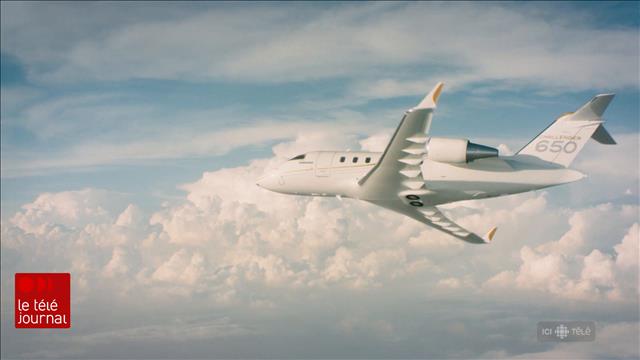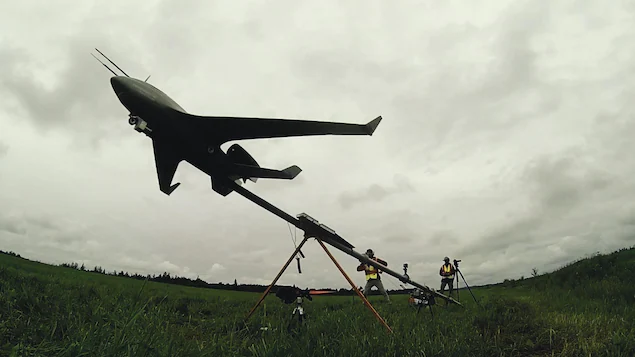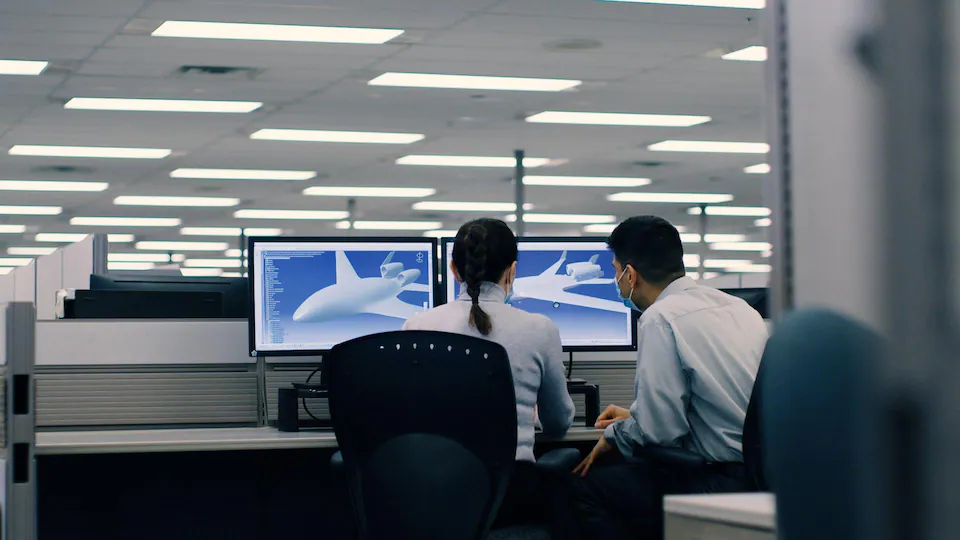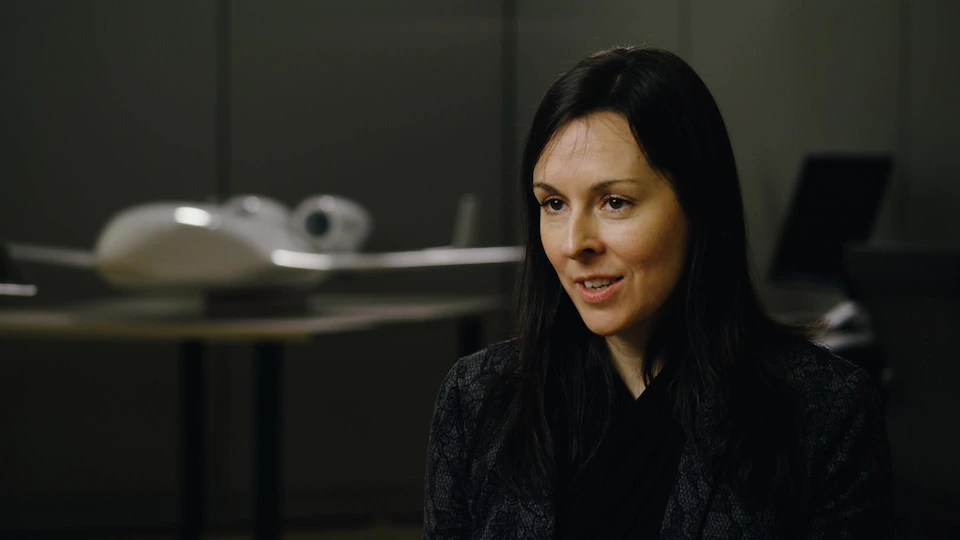With this project, Bombardier is not creating a new aircraft program, nor is it developing a new C-Series. Basically, what you create is a research and development platform, which is a platform where you migrate and integrate all kinds of promising technologies
says Benoit Briault, director of engineering, Bombardier.
The main objective? Produce more environmentally friendly business jets, and aircraft that consume less fuel. We aim for net zero. The net zero goal is to reduce the carbon emissions of Bombardier products as much as possible
according to Benoit Briault. We invest 90% of our resources in research and development to achieve this goal.
The first challenge: Increasing the aircraft’s lift capacity while reducing air friction, otherwise known as drag. So we’re going to make a radical change by incorporating the wings into the fuselage. This is the birth of the integrated wing structure.
Airplanes generally have a very cylindrical body. Then we add a wing on each side. With the integrated configuration of the wing body, we no longer have that disconnection between the two components
. Kathleen Dussault, aerodynamics scientist at Bombardier explains
Another challenge is to reduce disruptions. By improving the wing Bombardier intends to achieve this.
” If we think of the Global 7500 for example, it is a fourth-generation suite which is very exceptional. Now we are working on a fifth generation suite. We have improvement tools that allow us to strive for better aerodynamic performance. »
The last challenge is information technology. Currently, the software can simulate a maneuver in flight or the behavior of a wing during this maneuver. But we can’t simulate both at the same time. Now we want to create a digital twin, a virtual representation of the device where 100% of the interactions and 100% of the systems will be simulated at the same time.

Danny Lemieux reports.
To see if these new features work, you should test them. So Bombardier created an experimental drone. Out of sight, out of sight, Bombardier began its series of tests.
The drone is built on a small scale. Its structure accounts for 7% of that of a business jet. It weighs about 23 kilograms with a wingspan of two metres. The following model is already under construction and will be twice as large. Flight tests will begin in western Canada by summer.
Imagining the future is undoubtedly a step into the unknown…a challenge for Kathleen Dussault, as Bombardier confronts: When you innovate, when you invent new configurations, you have to relearn in some way, exploring different avenues. Some methods will appear more promising than others. So we explore
.
Danny Lemieux and Vincent Loren report on the show Discovery Sundays at 6:30 pm on Radio ICI-Canada Télé.

“Alcohol scholar. Twitter lover. Zombieaholic. Hipster-friendly coffee fanatic.”




